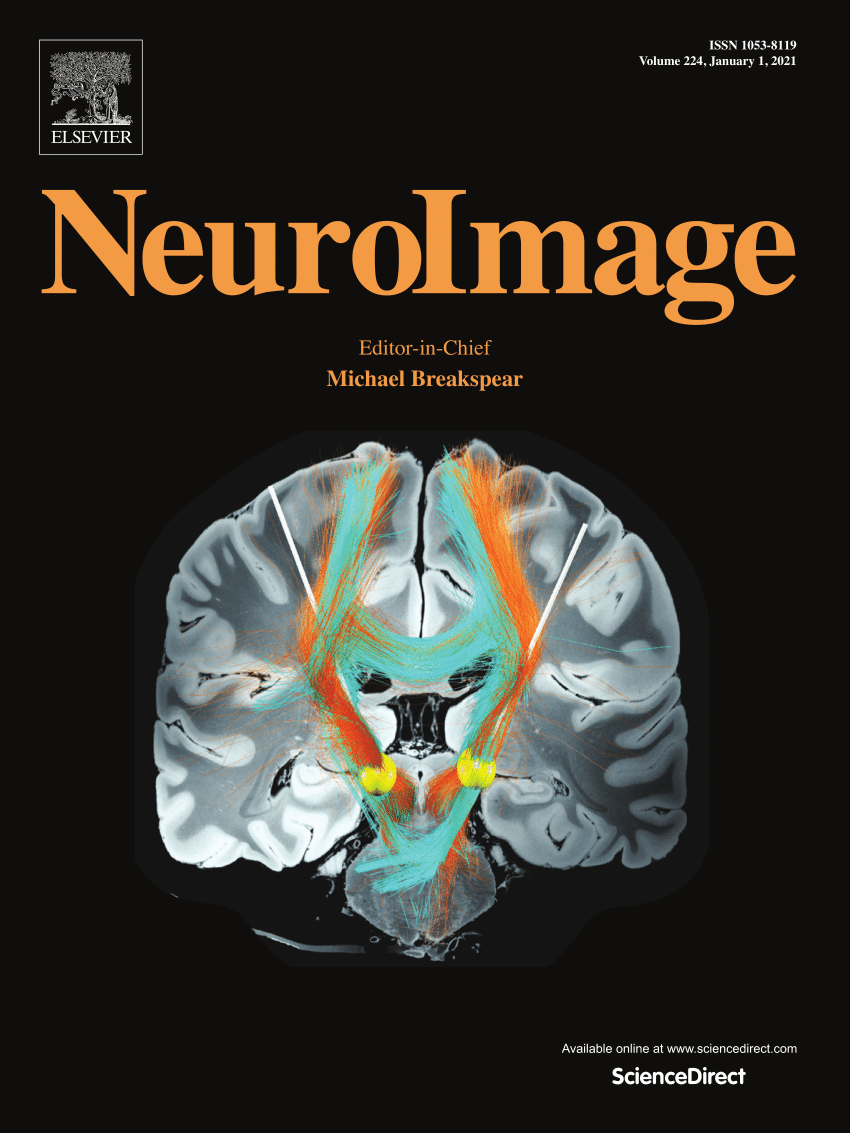作为狗的注意力和智力标志的睡眠锭。
IF 4.7
2区 医学
Q1 NEUROIMAGING
引用次数: 0
摘要
产生睡眠纺锤体的丘脑-皮层回路支持清醒的人类和动物的注意力能力,但利用睡眠纺锤体来预测注意力的差异在人类和动物中都没有尝试过。在对睡眠纺锤体发生和振幅、睡后回忆和一般智力的认知相关性进行的较常见研究中,只有睡后回忆在狗、大鼠和小鼠中进行过研究。在此,我们对伴侣犬(58 只)进行了抽样调查,对它们分别进行了两次多导睡眠图记录和几项认知测试,中间休息了三个月。其中五项测试用于提取与人类 g(一般智力)类似的因子。第六项测试用于测量持续注意力。在中央电极的多导睡眠图记录中检测到较高的慢纺锤体发生率和绝对西格玛功率,从而预测了注意力和 g 因子的得分。这些效应在不同的测量场合持续存在。较高的内在纺锤体频率反过来又与较低的 g 因子得分有关,但与注意力得分没有关系。慢速纺锤体密度(纺锤体/分钟)和σ功率效应在定位和方向上的重叠证明,它们挖掘了纺锤体与认知相关的相同方面。鉴于早先的大样本和荟萃分析验证了西格玛功率是人类认知能力的可靠预测指标,我们由此得出结论,目前在狗身上使用的纺锤体密度量化方法确实测量了与认知相关的纺锤体活动,因为它与西格玛功率替代方法一致。本文章由计算机程序翻译,如有差异,请以英文原文为准。
Sleep-spindles as a marker of attention and intelligence in dogs
The sleep spindle-generating thalamo-cortical circuitry supports attention capacity in awake humans and animals, but using sleep spindles to predict differences in attention has not been tried in either. Of the more commonly examined cognitive correlates of spindle occurrence and amplitude, post-sleep recall, and general intelligence, only post-sleep recall had been studied in dogs, rats and mice. Here, we examined a sample of companion dogs (N = 58) for whom polysomnographic recordings and several cognitive tests were performed on two occasions each, with a three-month break in-between. Five of the tests were used to extract a factor analogous to human g (general mental ability). A sixth test in the battery measured sustained attention. Both attention and g-factor scores were linked to higher slow spindle occurrence and absolute sigma power detected in polysomnographic recordings over the central electrode. These effects persisted across measurement occasions. Higher intrinsic spindle frequency was, in turn, linked to lower g-factor scores but displayed no relationship with attention scores. The overlap in localization and direction for the effects of slow spindle density (spindles/minute) and sigma power supports that they tap into the same underlying cognition-relevant aspects of spindling. Given earlier large sample and meta-analysis validations of sigma power as a reliable predictor of cognitive performance in humans, we thus conclude that the currently handled method for quantifying spindle density in dogs indeed measures cognition-relevant spindle activity by virtue of its agreement with the sigma power alternative.
求助全文
通过发布文献求助,成功后即可免费获取论文全文。
去求助
来源期刊

NeuroImage
医学-核医学
CiteScore
11.30
自引率
10.50%
发文量
809
审稿时长
63 days
期刊介绍:
NeuroImage, a Journal of Brain Function provides a vehicle for communicating important advances in acquiring, analyzing, and modelling neuroimaging data and in applying these techniques to the study of structure-function and brain-behavior relationships. Though the emphasis is on the macroscopic level of human brain organization, meso-and microscopic neuroimaging across all species will be considered if informative for understanding the aforementioned relationships.
 求助内容:
求助内容: 应助结果提醒方式:
应助结果提醒方式:


